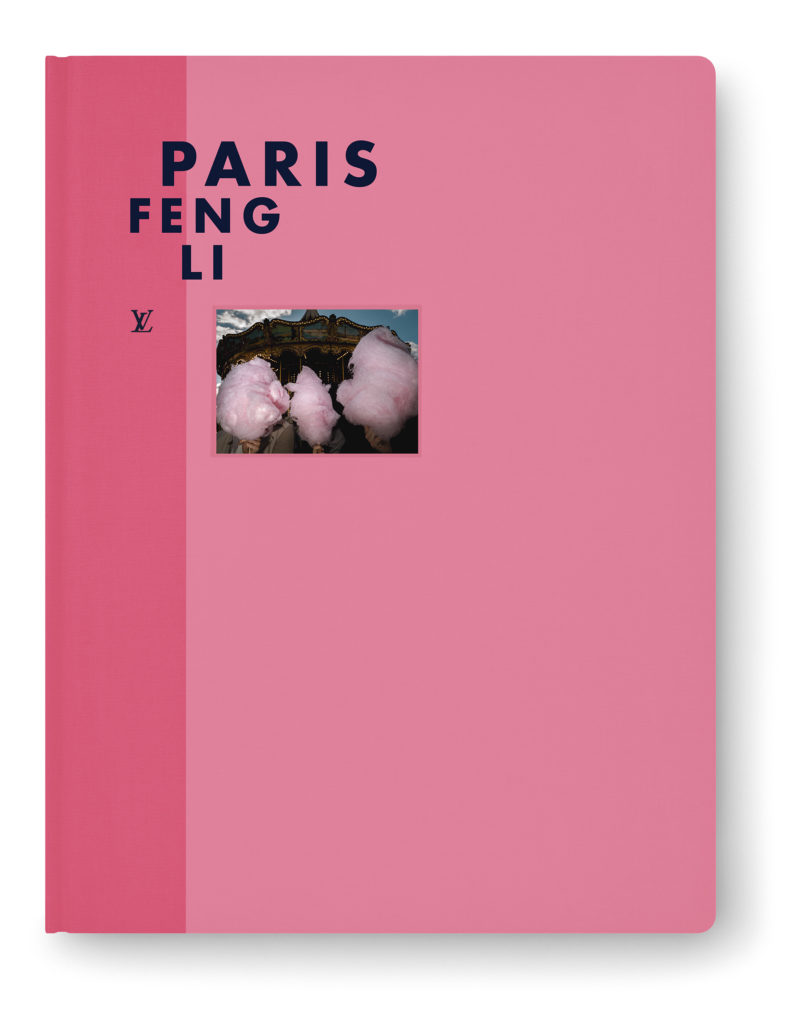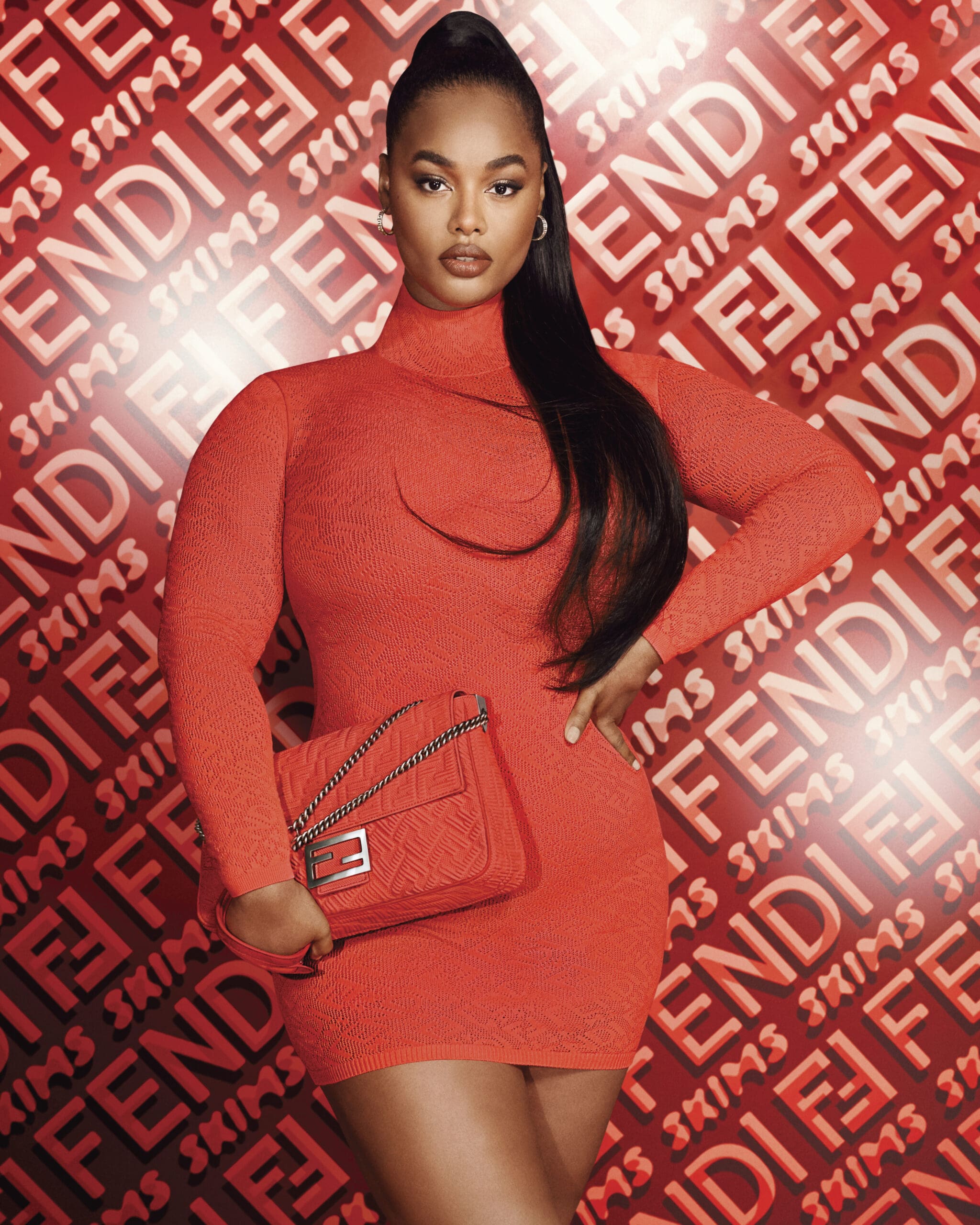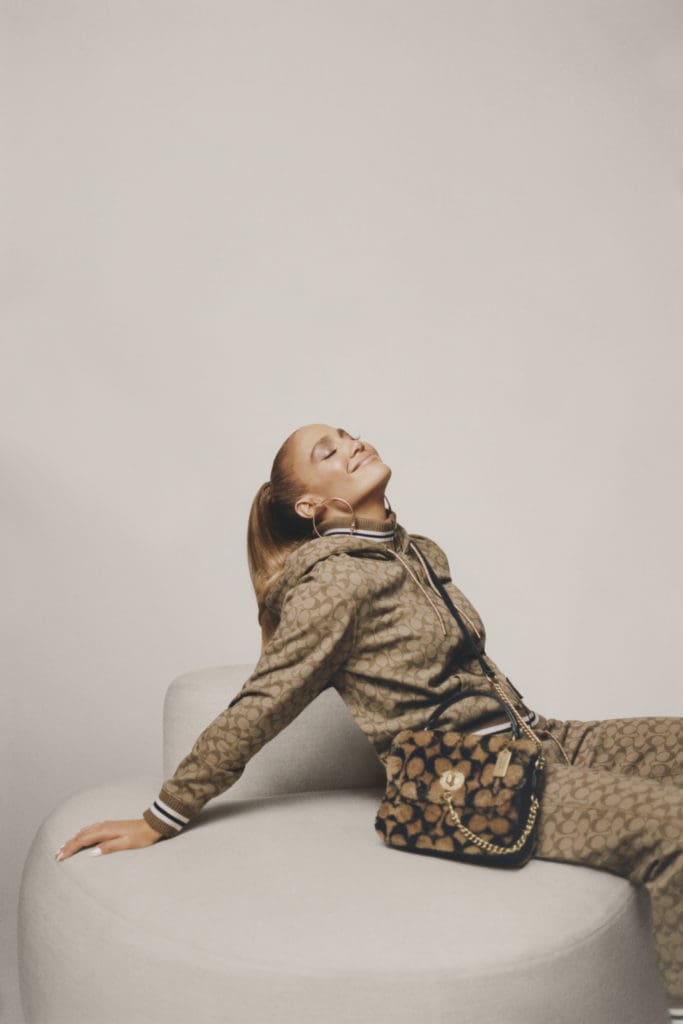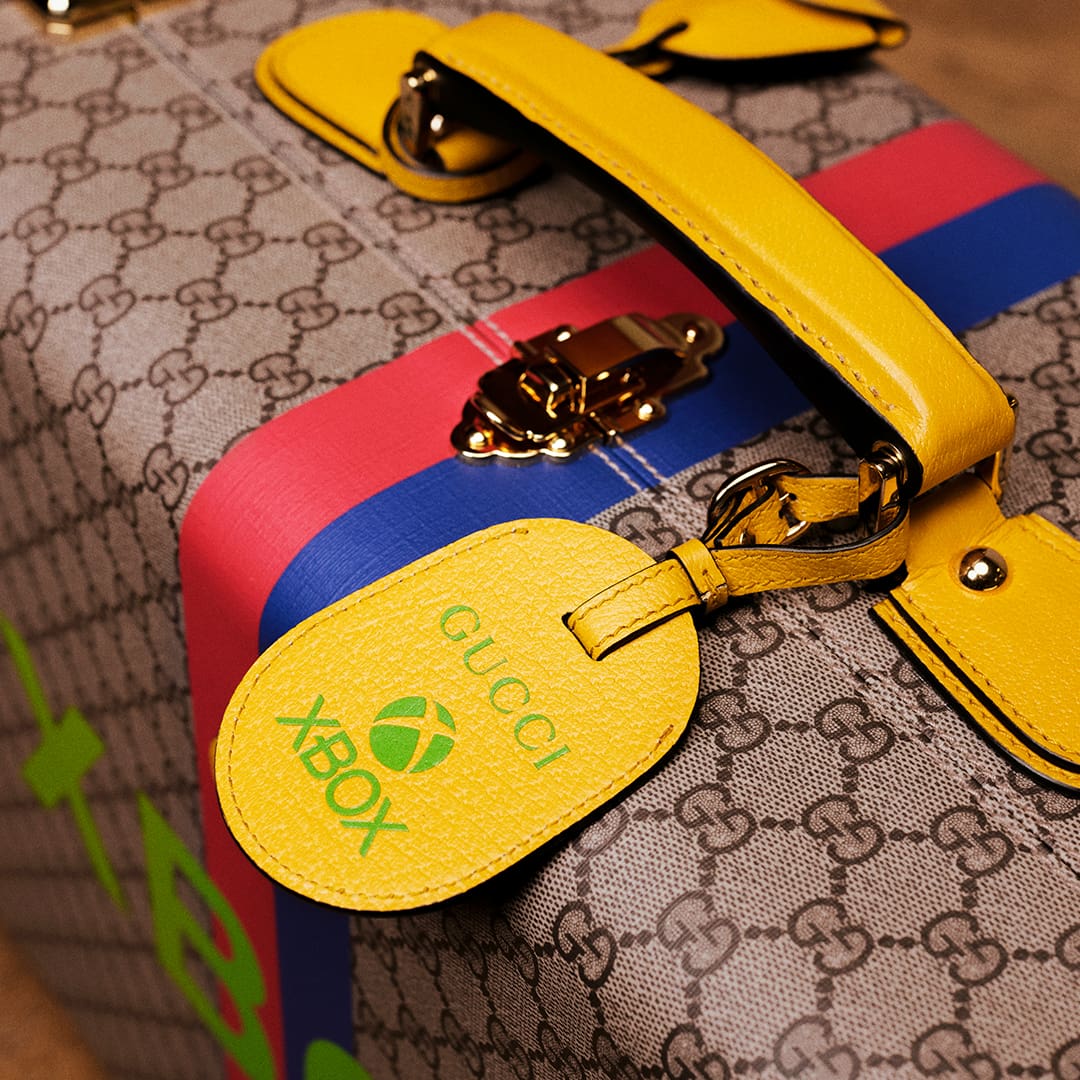A designer bag created by a celebrity; a city guide curated by a French brand; a fitness tool featuring the branding of an iconic luxury fashion house—these are just a few of the new and noteworthy creations that are prompting a reimagining of the way we define “fashion”. At the heart of this evolution is collaboration between designers and creatives and also other brands—think, the wildly coveted partnership between Louis Vuitton and the skateboard-lifestyle brand Supreme back in 2017, or the unexpected 2020 pairing of Birkenstock and Valentino Garavani—many the likes of which have never been seen before.

Of course, fashion brands branching out into other realms of consumer goods isn’t entirely new. Louis Vuitton’s popular City Guides book series, which debuted in 1998, sees the company issue recommendations for a variety of establishments including hotels, shopping and nightlife in 15 international hotspots including Paris, Beijing and Rome. This fall, the editions were revised and updated. But it’s the increasing frequency and prestige of the collaborations that seem to be pushing the envelope even further.
“Seeing these large fashion houses collaborating has truly disrupted the fashion industry,” says Joseph Tang, fashion director at luxury retailer Holt Renfrew. “Designers have been collaborating with artists for a while now, but having two lead designers of iconic fashion houses has been something we only started to see a few seasons back.”
Tang points to the Spring 2020 Dries Van Noten collection designed alongside Christian Lacroix as one of the first examples of an unexpected partnership that brought “a revolutionary blend of two creative geniuses” to the runway. “This intersection of design has also been seen within Moncler’s Genius collections, where leading designers like Simone Rocha, J.W. Anderson and Pierpaolo Piccioli of Valentino showed their take on the iconic puffer coat,” he adds. “Ultimately, this drives hype and excitement around the brands and also helps large fashion houses reach new audiences and customers for the brands they collaborate with. The unexpected collaborations are always newsworthy collections that drive people into stores and create a sense of buzz.”

One such buzzed-about release occurred on the runway in Milan in September, when the creatives behind the Italian fashion house Fendi, Silvia Venturini Fendi and Kim Jones, created 25 looks for Versace, while Donatella Versace created an equal number of designs for Fendi. They called it Fendace. In October, Fendi’s Jones also announced a collaborative collection with Kim Kardashian West’s line, Skims. These types of designer mashups are part of a larger industry story that sees brands eager to hold on to consumer interest amid the constant onslaught of newness encountered online and via social media.
“Heritage brands are continuing to think of ways to re-invent and engage new customers,” Tang says. “Within the past two years we’ve seen a significant increase to fashion collaborations that is being driven by the customer’s thirst for something new and special.” Canadian brand Knix, known for its size-inclusive undergarments and activewear, recently teamed up with American designer Anna Sui. The partnership signifies the first foray for the Toronto-headquartered brand into “the fashion space,” with designs including bras, underwear and loungewear separates, each featuring the “bold prints and whimsical wearability” often found in Sui’s designs.
Multi-hyphenate entertainer Jennifer Lopez recently teamed up with American fashion and leather goods brand Coach to create her second collab for the company. Including handbags, accessories and ready-to-wear, the creations were said to represent the “hi-lo, relaxed approach to style that Coach and Jennifer share” and were made specifically available to the company’s outlet stores. Further pushing the boundaries of fashion, French fashion house Dior has announced a teaming with high-end Italian sporting equipment brand Technogym to release a limited-edition collection in January 2022. The release includes a treadmill, weight bench and other assorted workout accoutrements—including dumbbells and a gym ball—each one featuring the moniker “Christian Dior” along with the Dior star and the five horizontal stripes that are emblematic to the house.

Fashion collaborations such as these undoubtedly resonate on a social media level—the hashtag #fendace has been used nearly 4,500 times on Instagram alone—and it’s a level of hype that Tang says often translates strongly into sales offline, too. “We’ve started to develop a shopping culture where the release date—or drop date—has cultivated a sense of urgency to buy into these collaborations,” he says. “Creating exclusive collaborations apart from the traditional brand offering allows the customer to see the brand in a different lens that validates their relevancy in the market.”
But how the collaboration makes the jump from virtual reality to in-person experience is key to its success. Shoppers, Tang says, want to feel as engaged with the products in person as they do with the online content promoting each limited-edition drop: “We find customers best resonate with these collections at the retail level when we engage them in a fulsome, 360-experience, from in-store displays to online animations.” And as the interest in unique, boundary-pushing partnerships continues, shoppers can expect to see more of these mash-ups in the future.
“The fashion industry is always changing and the design talent of today is always challenging the traditional fashion calendar and rules of the houses,” says Tang. “So, we hope to see more innovative ideas and groundbreaking designs come forward.” —Aleesha Harris

January 24th, 2025 at 4:38 am
I’ve started using CBD gummies like https://www.cornbreadhemp.com/products/cbd-sleep-gummies , and they’ve made a noticeable disagreement in my routine. They’re easygoing to basis, style great, and accommodate a unembellished way to mix CBD into my day. I’ve institute they lift me decrease and improve my drop after a crave day, which has been a gargantuan benefit. The consistent CBD dosage in each gummy is a noteworthy benefit for the sake of managing intake. If you’re considering CBD, gummies are an excellent opportunity to start with—legitimate draw up persuaded you select a incorruptible name brand for the greatest results!